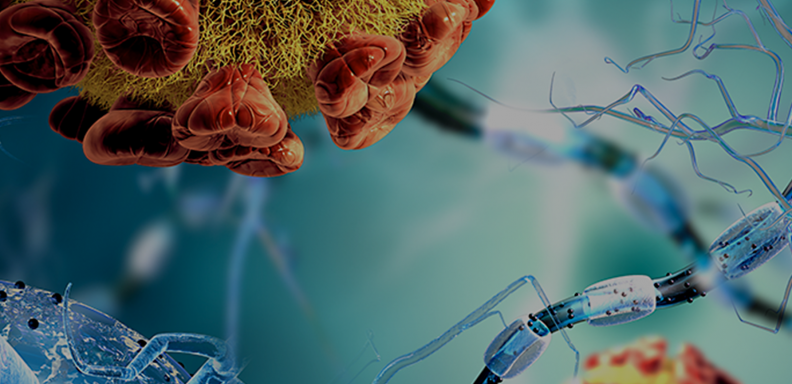Dynamic, reversible modifications of DNA and RNA regulate how genes are expressed and transcribed, which can influence cellular processes, disease development, and overall organismal health. Small nucleolar RNAs (snoRNAs) are a common but overlooked group of guide RNA molecules that steer chemical modifications to cellular ribosomal RNA (rRNA) targets, like an usher showing someone to their seat in a theater.
Researchers from the University of Chicago recently developed a new approach for identifying new cellular RNA targets of snoRNAs. They uncovered thousands of previously unknown targets for snoRNAs in human cells and mouse brain tissues, including many that serve functions other than guiding rRNA modifications. Some of the newly discovered interactions with messenger RNA (mRNA) facilitate protein secretion, an important cellular process that could be harnessed for potential therapeutics and biotechnology applications.
“Once you see so many targets for these snoRNAs, you realize there’s a lot more to be understood,” said Chuan He, PhD, John T. Wilson Distinguished Service Professor of Chemistry and Professor of Biochemistry and Molecular Biology at the University of Chicago and co-senior author of the paper. “We already see that they play a role in protein secretion, which has major implications for physiology, and it suggests a path forward to study hundreds of other snoRNAs.”

Chuan He, PhD
John T. Wilson Distinguished Service Professor of Chemistry and Professor of Biochemistry and Molecular Biology
The paper, “SnoRNA-facilitated protein secretion revealed by transcriptome-wide snoRNA target identification,” was published November 22, 2024, in the journal Cell.
A molecular glue for protein secretion
There are more than 1,000 known genes for encoding snoRNAs in the human genome, but scientists have only pinpointed the RNA targets for about 300 of them. These targets mostly involve guiding modifications for ribosomal RNA and small nuclear RNA involved in mRNA splicing. In the decades since snoRNAs were first discovered, researchers largely left the remaining 700 alone, assuming they performed similar functions. However, unlike other guide RNA molecules such as microRNAs that are all the same length, snoRNAs vary greatly in their length from 50-250 residues, suggesting that they can do many different things.
Over the past 12 years, He's lab has developed several biochemical and sequencing techniques for studying transcription, DNA modifications, and RNA modifications. In the new study, He worked with co-senior author Tao Pan, PhD, Professor of Biochemistry and Molecular Biology, to test a new tool called “snoKARR-seq” that links snoRNAs with their target binding RNAs. Bei Liu, PhD, a Chicago Fellow postdoctoral scholar who is co-mentored by He and Pan, led the project.
“Chuan’s lab developed this killer technology to look at exactly what RNA each snoRNA is interacting with at the transcriptome level,” Pan said. “Now there’s a lot of open space for understanding comprehensively what these 1,000 human genes [that encode snoRNAs] are doing.”

Tao Pan, PhD
Professor of Biochemistry and Molecular Biology
Committee on Genetics, Genomics and Systems Biology
Committee on Microbiology
Most of the newly discovered snoRNA targets do not overlap with the known RNA modification sites, suggesting that snoRNAs may have a much broader function in cells. One unexpected discovery was that a snoRNA called SNORA73 interacts with mRNAs that encode secreted proteins and cell membrane proteins. Protein secretion is a fundamental biological process by which proteins are transported from a cell into the extracellular space, which is crucial for various functions, including communication between cells, immune responses, and digestion. The researchers saw that SNORA73 acts as a “molecular glue” between the mRNA and the protein synthesis machinery that helps facilitate this process.
Further analysis of how SNORA73 binds with mRNA suggested that synthetic snoRNA sequences can be engineered to affect protein secretion. The researchers tested this hypothesis by tweaking a green fluorescent protein (GFP) reporter to interact with SNORA73. GFPs are often introduced in cells to make them glow under certain conditions so scientists can see the effects of experiments. When the researchers expressed SNORA73 genes with the engineered GFP that can be secreted from cells, it increased protein secretion by 30 to 50% over controls.



